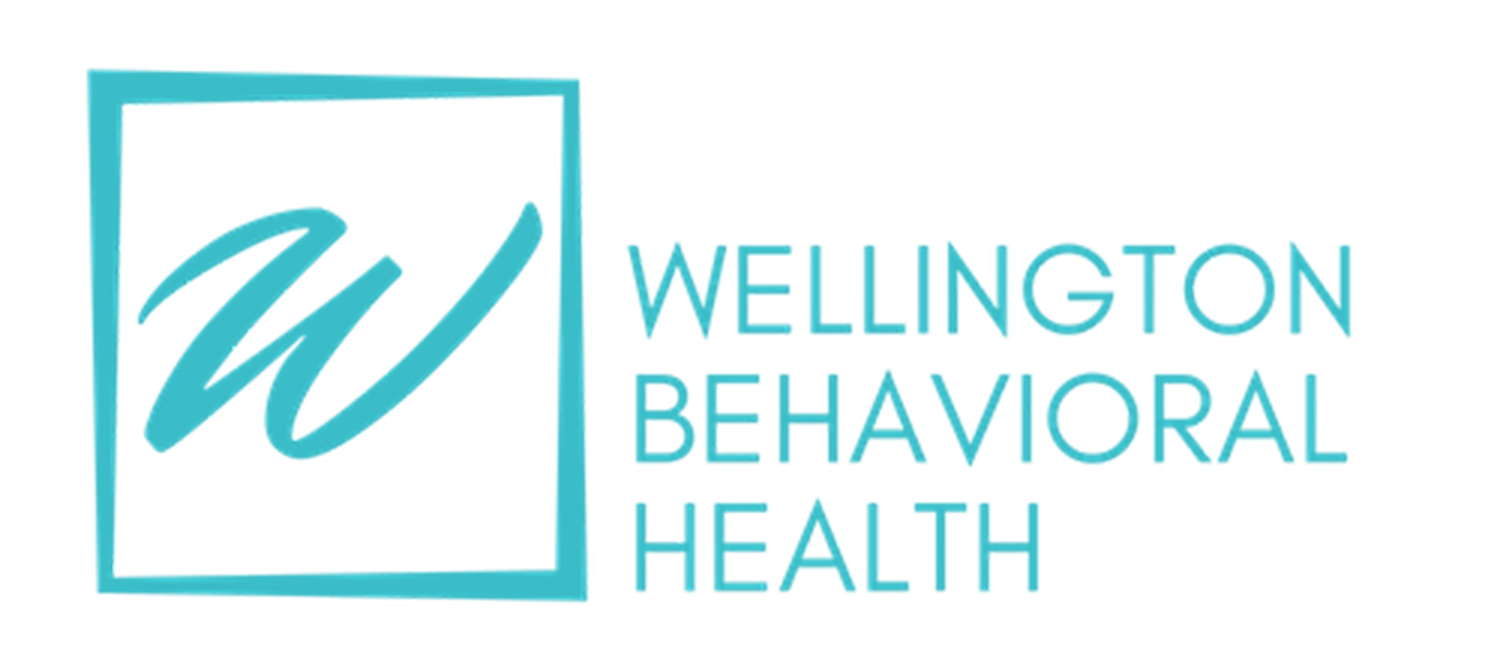When a loved one enters treatment for an eating disorder, there are a lot of uncertainties: What is the best treatment program? How will you all survive this trying time? What will recovery look like? Fortunately, one thing that is certain — although often confusing and overwhelming — is the levels of care. Today’s blog post will give readers an in-depth look at the differences between eating disorder treatment levels, in order from most intensive to least supportive. It’s important to note that these levels of care work in tandem with one another, allowing an individual to “step up” or “step down” depending on their current status on the path to recovery.
Inpatient Treatment
The highest level of care, inpatient treatment, or hospitalization entails around-the-clock medical supervision. A patient is constantly monitored for vital signs, lab work, and potential complications as well as other mental health conditions, such as depression or mood disorders. The goal of inpatient treatment is for the individual to become stable enough for a lower level of eating disorder treatment.
Residential Treatment
This treatment level is for an individual who does not need medical care 24/7 but still requires a high level of support and medical monitoring as needed. Clients engage in individual therapy, group therapy, and nutrition therapy as well as scheduled free time and visits from loved ones. Individuals also have constant access to nursing staff, allowing them to seek medical help when necessary. Residential treatment often takes place in a home-like setting with clients sleeping at the treatment center until discharge.
Partial-Hospitalization Program
A partial-hospitalization program (PHP) offers individuals a structured support system in an effort to avoid harmful behavior. These programs usually operate for normal business hours for five to seven days per week. Clients sleep at home or in a nurturing living arrangement that works with the PHP. Individuals have more independence than when assigned to inpatient or residential treatment programs and partake in individual therapy, group therapy, nutrition therapy, and medical monitoring if necessary.
Intensive-Outpatient Program
This program is for patients who need more support than what is provided by an outpatient team but less support than a PHP or residential program. These clients typically participate in sessions three days per week for a few hours each day. Evening meetings are also available for those patients returning to school or work. An intensive-outpatient program (IOP) generally includes individual therapy, group therapy, and a supported meal.
Outpatient Support
This level of care offers the lowest support and allows for the most flexibility for individuals. Clients are assigned an outpatient team to manage their recovery, which usually includes a therapist who specializes in eating disorders, a dietician, and a primary care provider.
For more information about eating disorders, check out my recent blog posts:
Discover the possibility of living a meaningful life. Discover the possibility of recovery. Reach out to Dr. Benaaz Russell, PsyD, CEDS, today to schedule an appointment!

